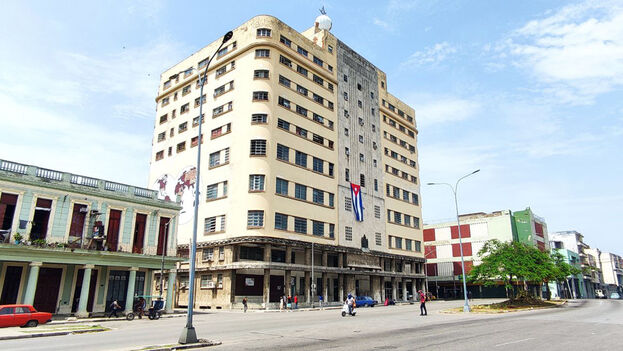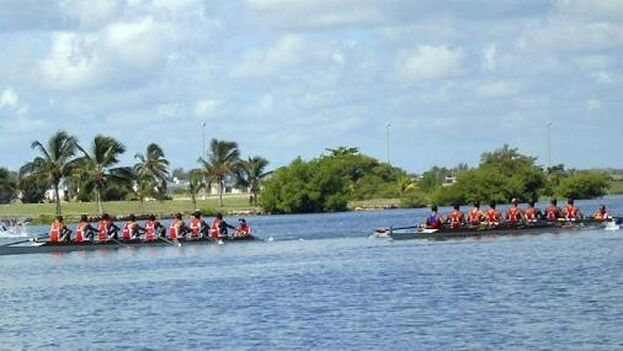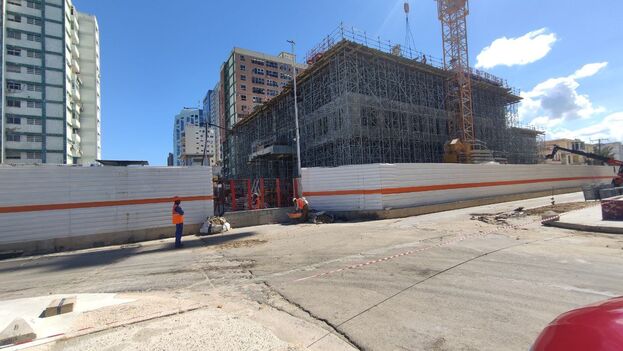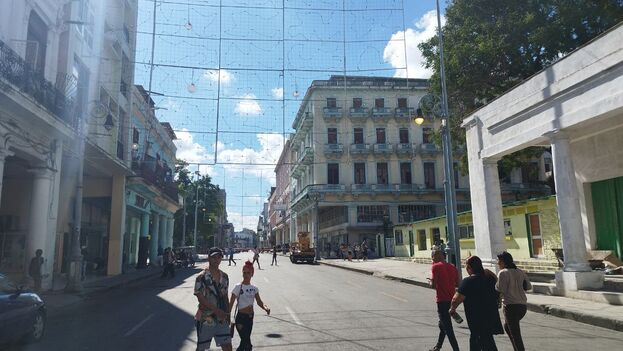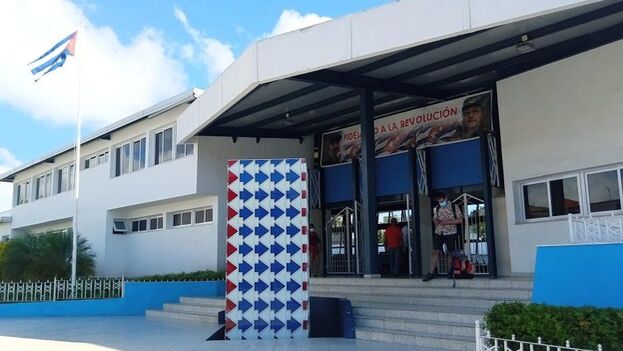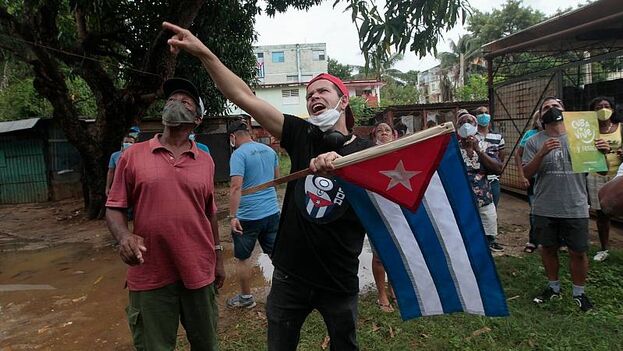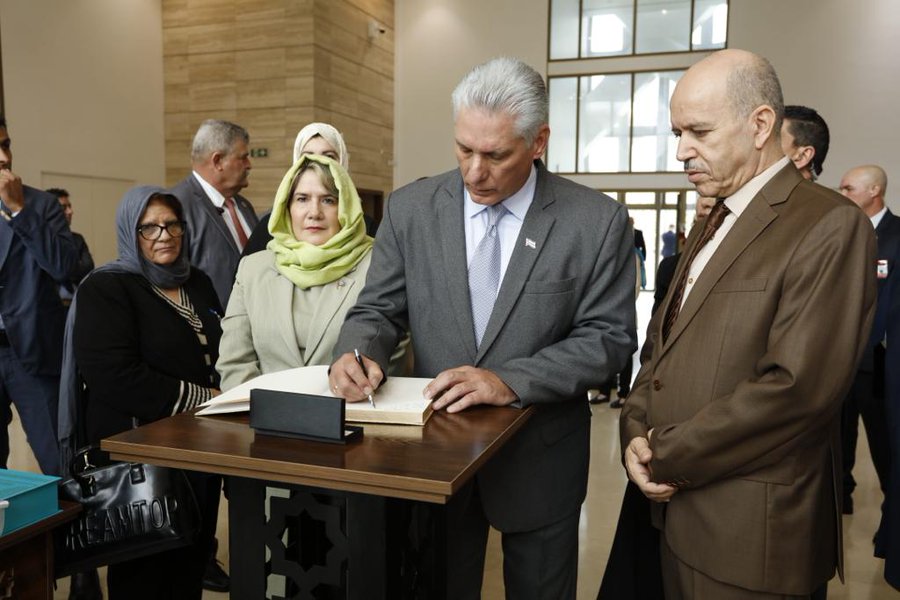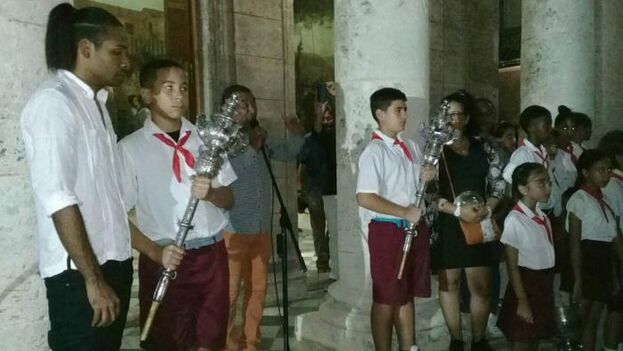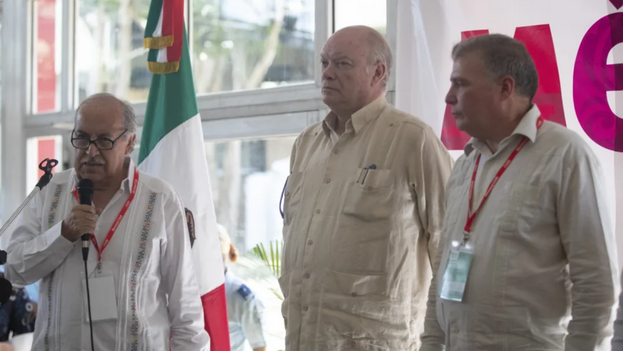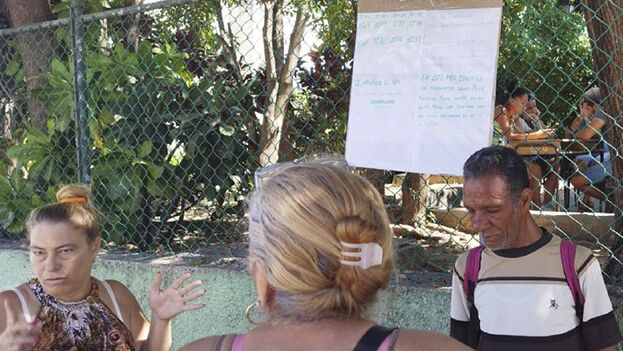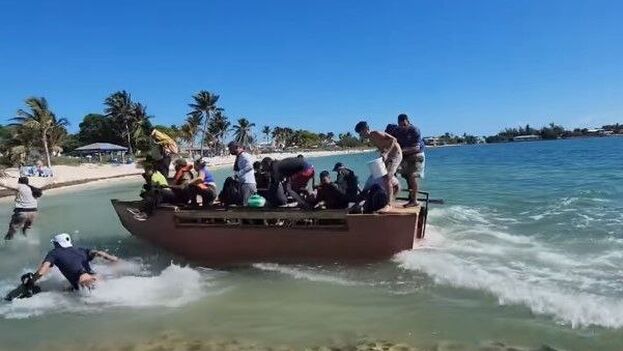“These are hard years, but we have the conditions and confidence in the country’s ability to anticipate difficulties,” said the prime minister, who assured — no one knows who’s responsible — that the authorities are fighting against “the obsolete mentalities that exist against foreign capital.”
This start explains the data they provided below. Displayed triumphantly, the numbers fall short if compared to expectations. Malmierca explained that between January and October 30th, businesses with foreign capital worth 402 million dollars have been authorized on the Island. Of these, two are located in the Mariel Special Development Zone (ZEDM) and 13 are hotel administration and marketing contracts.
In 2013, when the ZEDM was inaugurated, it was estimated that it would attract 2.5 billion dollars annually, which gives an idea of the shipwreck.
In 2021, 2.736 billion dollars had been raised in the eight years since its opening, compared to the 20 billion that should have been achieved according to projections. The minister presented yesterday the current balance sheet of foreign Investment: 272 new businesses outside the ZEDM and 51 within, of which 104 are joint ventures, 161 are international economic association contracts and 56 are totally foreign capital. In addition, 15 are in the process of liquidation. continue reading
The failure is evident, and the holder of the portfolio during all this time has been Malmierca himself, who took office in 2009, but the closest thing to self-criticism he pronounced yesterday was: “We have to articulate foreign investment with the Development Strategy, promote new business opportunities and eliminate obstacles,” from which it follows that he sees options for improvement.
The only novelty he announced, however, was the possibility of offering a special taxation regimen and guarantees for renewable energy sources, in addition to opportunities in distributed generation (renewable energies) and new compensation mechanisms.
For the rest, the usual. The minister said that there are “advanced negotiations in more than 50 new projects, with an amount equivalent to 9 billion dollars,” of which we will have to see when they end up being realized, if they are done. There were also no surprises in the sectors of most investment: tourism, food, transport, professional services, trade, construction, industries, energy, biotechnology, health, information technology and mining.
Malmierca also spoke about the progress of the “Foreign Commerce Single Window System*,” which works in most countries although it has been implemented in Cuba for only a year. Between January and September of 2022, more than 204 applications have been processed, and, since the system has existed, cooperation agreements have been signed with more than 15 entities, and 66 interests have been attended to, 27 of them with proposals under negotiation, including those of Cubans residing abroad.
The minister reviewed the most recently approved rules that, in his opinion, improve foreign investment, although the results for the moment are what they are. “The objective is to develop foreign investment businesses in wholesale and retail trade to capture financial resources, expand access to supply markets and obtain advanced management methods, technology and marketing techniques in order to achieve a stable supply of goods and improve the efficiency of trade in Cuba,” he added.
The event presented the new portfolio of opportunities, which includes 708 projects, 30 more than in 2021. There are 101 new ones, including three in the ZEDM, 71 of those that had previously disappeared and 229 that were modified, especially as they affect the business category, the total investment and the description.
Among the novelties, the minister highlighted four projects in the financial banking sector, eight in wholesale and retail trade and 11 “business opportunities” with the private entities presented by local governments. More data: 197 of the proposals are from the food sector, especially in agricultural production, the food industry and the sugar industry.
The FIHAV, meanwhile, continued on a day in which the state press — along with the foreign press, the only press authorized to enter the enclosure — highlighted the presence of more “friendly” countries: Venezuela — more “brother” in this case — and Mexico.
The presence of 63 Venezuelan companies with exportable offers “represents a sample of the unwavering brotherhood between Cuba and the Bolivarian Republic of Venezuela,” said the Venezuelan Minister for National Trade. The sectors with the greatest presence are agro-industrial, construction, food, beverage, culture, wood, industrial, multisectoral, chemical, services, textile, promotion agencies, government, air, marketing and telecommunications.
As for Mexico, three ministers visited its pavilion this Tuesday: Rodrigo Malmierca, Juan Carlos García Granda of Tourism, and Eloy Álvarez of Industries. “President López Obrador has expressed very clearly that we don’t need to talk so much, we have to do things directly, and he has demonstrated this in all the steps we have been taking,” Malmierca said.
In addition, the Mexican ambassador, Miguel Díaz Reynoso, told the press that “the political, diplomatic climate, the context of broad collaboration and the personal affection between Mexico and Cuba favors” an increase in the country’s investments, which participates with 40 companies in the agro-industry, construction, maritime logistics, information technologies, tourism and textile sectors.
One of them, the Publishuttle Marketing Company, signed contracts with two Cuban naval supply and boat charter companies during the event.
“The change has been seen (in the policy towards foreign companies in Cuba), and there is a lot of support from the Embassy. It has been a good experience,” José Francisco Padrón, CEO of Publishuttle, told EFE.
The press agency highlights the treatment given to Mexico compared to the one given to Spain, Cuba’s second commercial partner. It had one of the largest delegations at the event, but the Spanish entrepreneurs were not visited by any senior official, although the press took a multitude of photographs, especially of the coffee makers and pots and pans of the well-known Magefesa brand.
The country brought 80 companies, fewer than the 110 at the last FIHAV, held in 2019.
“We want a prosperous Cuba, a Cuba in which the economy works, and after covid (…) the situation is not easy, but Spanish entrepreneurs are here,” said Ambassador Ángel Martín Peccis.
*Translator’s note: National Single Window systems allow traders to submit all import, export, and transit information required by regulatory agencies via a single electronic gateway, instead of submitting and processing the same information numerous times to different government entities, including some that are automated and others that still rely heavily on paper. (Source: World Bank)
Translated by Regina Anavy
____________
COLLABORATE WITH OUR WORK: The 14ymedio team is committed to practicing serious journalism that reflects Cuba’s reality in all its depth. Thank you for joining us on this long journey. We invite you to continue supporting us by becoming a member of 14ymedio now. Together we can continue transforming journalism in Cuba.

![]() 14ymedio, Yoani Sánchez, Generation Y, Havana, 20 November 2022 — The winds of uncertainty are blowing over Twitter: massive layoffs, an attempt to charge for account verification, and inflammatory statements by its new owner, Elon Musk, have fueled doubts about the future of this social network. In Cuba, questions are also growing about a tool that is vital for activism and independent journalism.
14ymedio, Yoani Sánchez, Generation Y, Havana, 20 November 2022 — The winds of uncertainty are blowing over Twitter: massive layoffs, an attempt to charge for account verification, and inflammatory statements by its new owner, Elon Musk, have fueled doubts about the future of this social network. In Cuba, questions are also growing about a tool that is vital for activism and independent journalism.
